Prologue: The History of the House
The House with Leaves was originally built in 1931 as an obstetrics clinic, founded and managed by the renowned physician Dr. Jani Basho. It was the first of its kind in Albania and served this function during the 1930s.
In the early post-war years, the House with Leaves was used as an interrogation center, where torture also took place. The practice of torture, as well as other forms of terror, was acknowledged by the official communist propaganda, but only once the split with Yugoslavia occurred in 1948. These were attributed to Yugoslav influences and so-called Titoist agents within the secret police. As shown in this museum, torture was conducted throughout the communist regime.
Starting from the 1950s, the functions of this building changed. However, for decades, legends circulated around it, a product of the secrecy and mystery that surrounded this house. It served as the headquarters of the technical-scientific branch of the Security Service, which was mainly involved in electronic surveillance, telephone monitoring, postal control, as well as monitoring of foreigners. These functions continued until the dissolution of the Security Service in 1991. The technical-scientific branch played a supportive and at the same time leading role in these activities.
Sector One: Bugs and Other Creatures
Electronic surveillance is neutral only when not in use. Electronic surveillance is a technique used to control people. The type of political system also determines the nature of the services that determine the type, reason, method, and technique of surveillance.
In this sector, visitors will get acquainted with the characteristics of surveillance equipment such as: mini devices, cameras, recorders, video projectors, recording devices, telephone surveillance devices, audio recorders and reproducers, measuring devices, transmitter detectors, headphones, microphone transmitters, preamplifiers, monitors, tape recorders, audio-video control systems, transcription equipment, microcassette cameras, surveillance telephoto lenses, professional military binoculars, etc.
Among these devices, the bug stands out – a portable and easy-to-assemble listening device that functions through waves and small sizes. Besides demonstrating the bug, visitors will have the opportunity to familiarize themselves with instructions issued by the Ministry of Internal Affairs during the communist regime for operatives on the use of bugs.
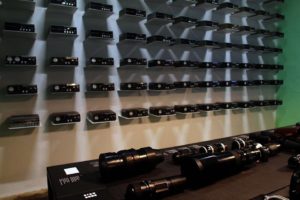
Sector Two: Live Microphones
Electronic surveillance work was closely linked to the collaborators of the Security, with the “live microphones.” Usually, these were preceded by information from electronic microphones and, in many cases, acted as bug carriers in conversations with candidates for arrest.
Statistics presented in one of the museum’s rooms show four categories of collaborators, the number for each category over the years, etc. Accompanying this statistic, visitors will become acquainted with declassified documents for some of the collaborators with pseudonyms: ‘Bufe e madhe’ (Big Buffet), ‘Artisti’ (The Artist), ‘Mali’ (The Mountain), etc. Their respective files show about the recruitment form of agents, infiltrators, and reveal that they often acted as bug carriers in provocative conversations for the next victim.
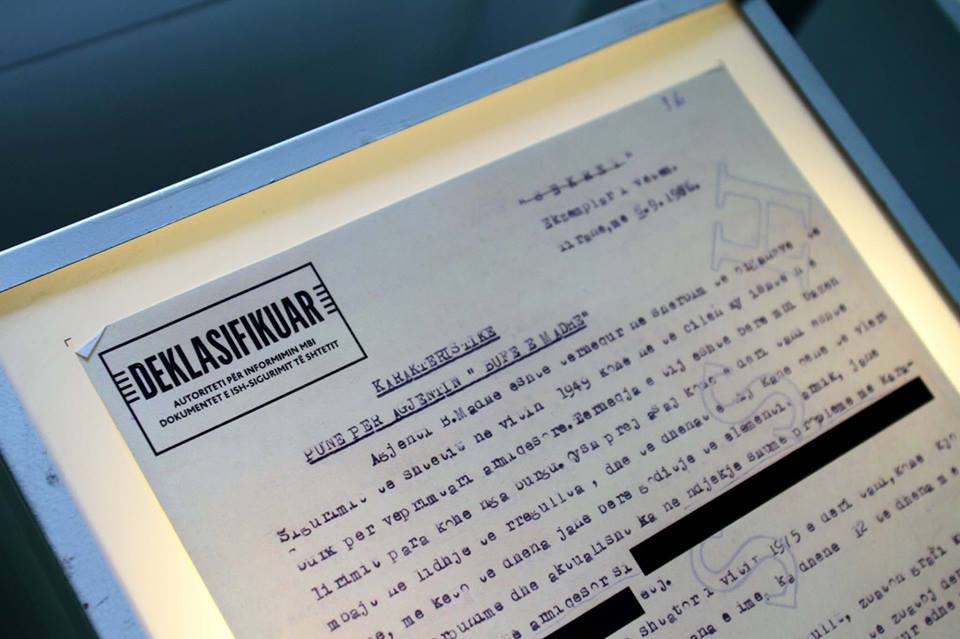
Sector Three: Who Is the Enemy?
The perception of the enemy determines the ways of control and repression. Conversely, these methods feed and reinforce the perception of the enemy. A vicious circle of totalitarian dynamics.
In the rooms of this sector, visitors will be introduced to some of the most notorious court cases of the communist dictatorship accompanied by photos taken during the sessions. One of the rooms is dedicated to the long list of innocent people who were imprisoned or killed for political reasons. The number of political prisoners is about 18,000, while those executed with or without trial are about 5,500 persons.
Testimonies of former political prisoners may emotionally engage the visitors.
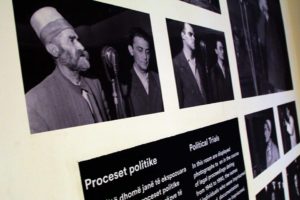
Sector Four: The Foreign Enemy
The surveillance of foreign citizens was essentially an extension of control and repression within the country. An essential feature of communist dictatorship in Albania was its increasing self-isolation from the world, declaring Albania the only socialist country in the world, which was under siege and was the target of both superpowers and their blocs: the whole world against a small country. At the same time, in the totalitarian mindset of the time, the foreign enemy was presented as indistinguishable from the domestic enemy. Ultimately, self-isolation aimed to keep Albanian society under total control.
The control of foreign citizens as well as the surveillance of diplomatic corps was one of the functions of the House with Leaves. This sector presents an illegal filming conducted by the technical-operative staff of the State Security. The footage exposes Yugoslav nationals engaged in the black market in Albania.
Another room displays documented descriptions of the extension of surveillance cables in various areas of Tirana, mainly near hotels, or the schematics of technical-television equipment placed in the embassy block.
A map placed in the center of this room reveals the reasons why this house became a surveillance house.
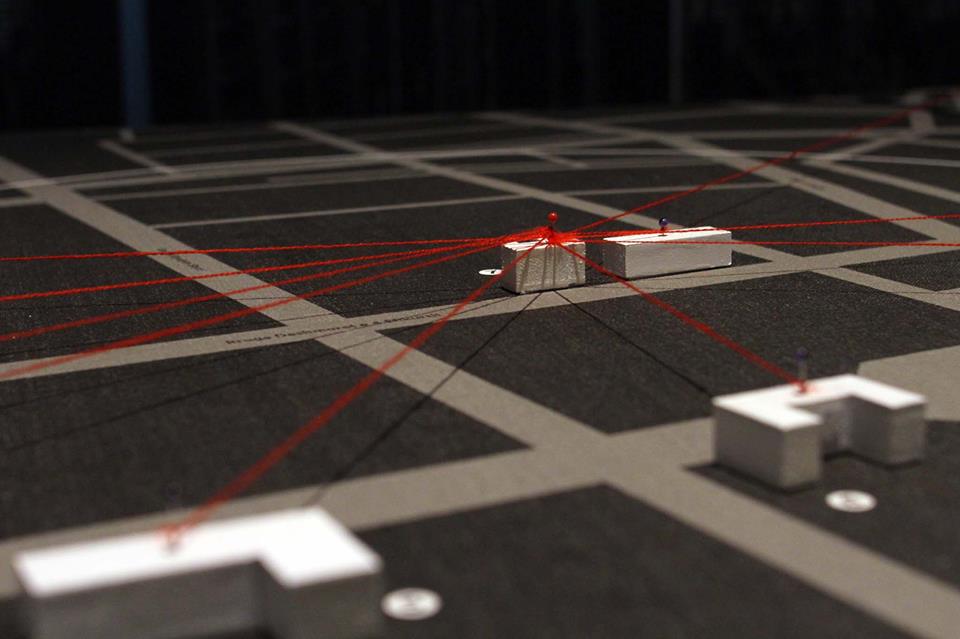
Sector Five: Intermezzo
Under the communist regime, private life was completely unprotected from state intervention: because the ideology had a collectivist character and because the party-state was all-powerful. In relation to the family, it put itself inside and played the role of the patriarch, who had to know everything and could decide everything. In this scenario, surveillance with microphones, which was not limited by any law, was simply one of the ways the state intervened, a secret way to penetrate every home, every intimate conversation, whenever and as often as it wanted. And when an individual was declared an enemy, the curse fell on the entire family.
In this sector, visitors can see an improvised waiting room, typical of the 1970s, with authentic furniture of the time.
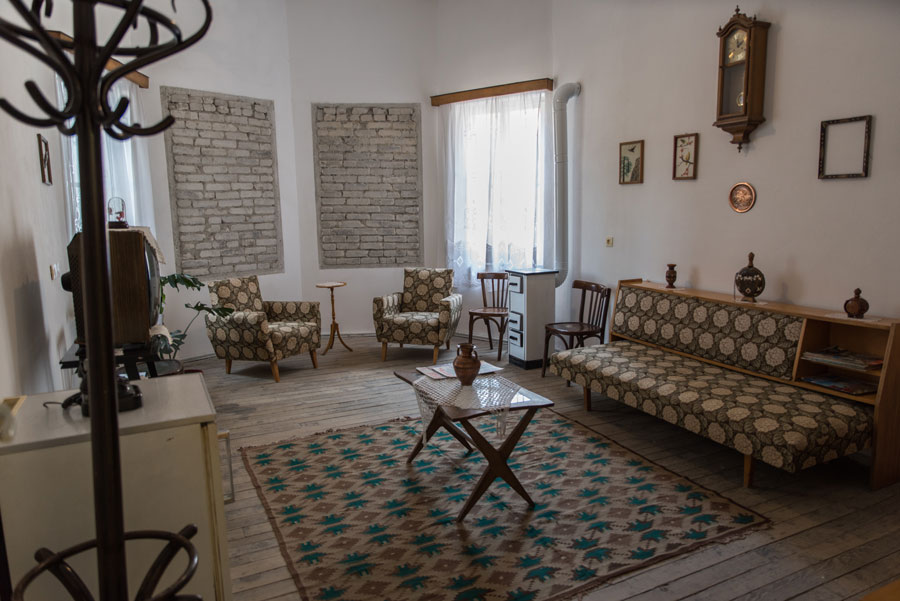
Sector Six: Daily Life under Surveillance
Surveillance was used against all social strata and categories because none of them were guaranteed against persecution, with priority given to the stratum or category that was seen as potentially dangerous at any given moment. In short, a word, a song, a chance meeting, could all be considered hostile actions.
Visitors can see a facsimile of a telephone control list, taken from the Ministry of Internal Affairs. In 1970s Tirana, there were about 1500 family telephones, which were granted with special authorization from high state authorities. They were mainly given to Nomenclature families or those associated with them or to individuals providing special emergency services. If a member of the Nomenclature became a target of surveillance by the Security, the telephone was not removed because it was a surveillance channel.
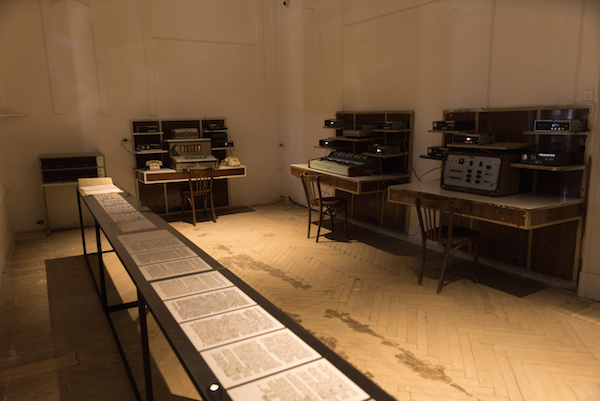
Sector Seven: Voices from the Past
These are voices captured decades ago by electronic surveillance. But they cannot be objects of curiosity. They come from terror, from the abyss. Regardless of the words they say, they are voices that invite reflection on the past.
In one of the rooms, the model of a surveillance disclosure conducted by State Security operatives is shown.
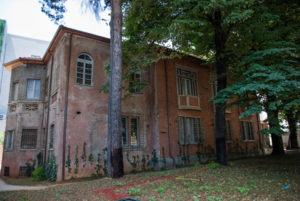
Sector Eight: Panopticon-Panacousticon
It can be translated as “the place from which you can see and hear everything.” Another meaning of the first word (Panopticon), according to which the second one (Panacousticon) is also built, is that of an ideal prison, conceived more than two hundred years ago by the utilitarian philosopher Jeremy Bentham. Utilitarians did not believe in the utopia of a perfect society. Such a utopia was also communism. The claims to achieve it brought about a society under total control, similar to Bentham’s prison.
The former clinic’s laboratory, which was used to perform medical analyses, was later used for washing films and producing keys to open doors and safes. Illegal opening of envelopes or other materials suspected of being written with invisible ink was also carried out here. The laboratory was also used for the chemical control of printed materials sent to the leadership from abroad and suspected of containing biological or radioactive harmful substances.
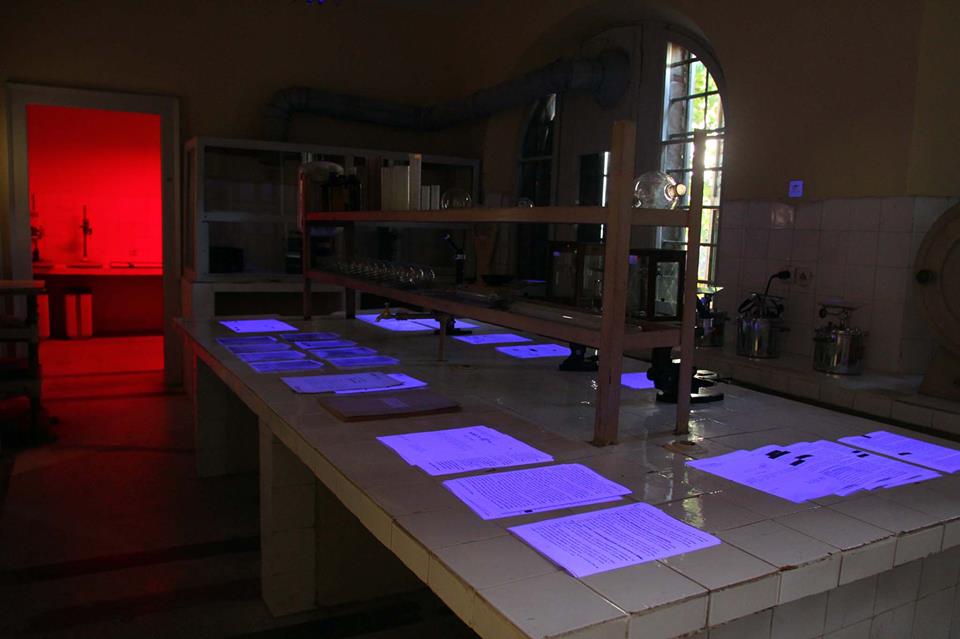
Sector Nine: The Unfed Past
“The past never dies. In fact, it hasn’t even passed.” William Faulkner
“Insofar as the past can truly be ‘overcome,’ this can only be achieved by recounting what happened.” Hannah Arendt
In this sector, visitors will be able to follow a collage of interviews with individuals who were sentenced and persecuted during the communist regime.
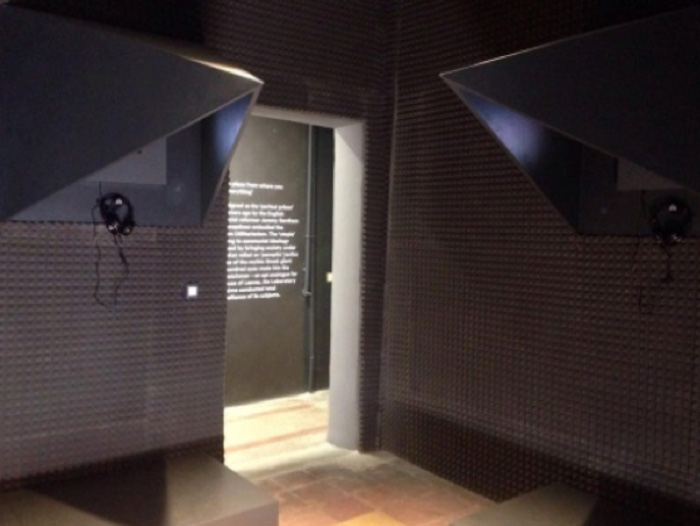
Conclusion
The House with Leaves Museum offers a chilling yet insightful journey into Albania’s dark past under communist rule. It serves as a reminder of the importance of preserving human rights, privacy, and freedom in modern societies. As visitors walk through its halls and rooms, they are confronted with the harsh realities of surveillance, control, and oppression, highlighting the need for vigilance against such abuses of power in today’s world.
Note: The tour is designed to be informative and thought-provoking, aiming to educate visitors about Albania’s history while also encouraging reflection on the broader themes of surveillance and human rights.
You might be interested also to read about the Pyramid of Tirana!
Leave a reply